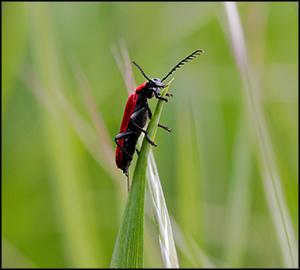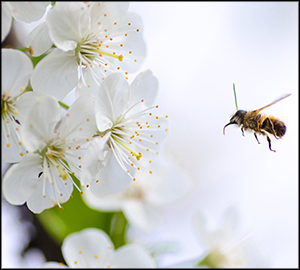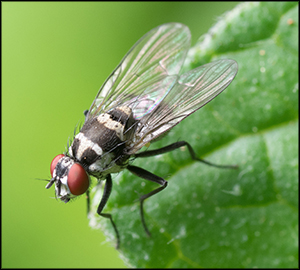Integrated pest management (IPM) represents an environmentally sensitive approach to pest management. Using a friendly and common sense approach towards pest control. IPM applies to agricultural settings and non-agricultural settings, such as homes, schools, gardens and the workplace.
IPM includes a series of pest management evaluations, decisions and controls, and integrates multiple methods for prevention of pests using a four-tiered implementation system: identify pests and monitor progress, set action threshold, prevent, and control.
It’s important to remember when monitoring and identifying pests, that not all weeds, insects and other living organisms require control, as only some of these organisms may be harmful. The IPM program works to monitor and accurately identify harmful pests before making control decisions.
IPM offers many benefits for the environment, and also for people’s health. IPM reduces the amount of pesticides in the environment — thus removing many health risks to humans, pets and other organisms.
Setting action thresholds shows the pest population level where pest presence becomes a nuisance, health hazard or economic threat. This gives an idea of when pest control takes place.
IPM programs prevent pests from becoming a risk and remain cost efficient.
Preventive actions IPM suggests include:
- Reducing clutter
- Sealing areas where pests can enter the building
- Removing trash and overgrown vegetation
- Maintaining clean dining and food storage areas
- Installing pest barriers
- Removing standing water
- Educating people on IPM
Controlling pests takes place in the event that action thresholds are exceeded. When choosing a method of control, the efficient and less risky methods typically take place first.
Some of the most efficient and low cost methods for control include:
- Pest trapping
- Heat/cold treatments
- Physical removal
- Pesticide application
IPM in Schools
Kids deserve a safe place to learn and grow. Pest management gets overlooked in schools, and that needs to stop. A significant amount of children’s lives are spent in school, so providing a safe place for them remains imperative.The US Environmental Protection Agency (EPA) suggest that all nation’s students attend schools with verifiable and ongoing IPM programs. IPM is a safer and usually less costly option for effective pest management in the school community. Promoting IPM in schools leads to a safer place for our children to learn and grow.
For more information about integrated pest management from the experts at Smitter Pest Control, please contact us here or call us directly at 616.245.7215.




